Deering Banjo Head Comparison
BLUEGRASS TONE RING BANJO WITH TOP FROSTED VS. BLACK HEAD:
Understanding the effect of a banjo head on your own banjo can oftentimes be confusing. The frosted top head is the most popular banjo head used today and is seen on most commercially manufactured instruments, especially resonator 5-string banjos. The black head is not only different in appearance, but also in sound due to the thicker plastic used to create this shiny top head.
For your comparison, we have used the Deering Sierra and Black Diamond banjos. Both of these are mahogany banjos with our -06- Deering bell bronze tone ring. The same tune is played on both banjos to give you the best “apples vs. apples” comparison possible.
WHAT TO LISTEN FOR:
TOP FROSTED: crisp, bright, with a quick, snappy note response without too much sustain. Because the head has a slightly sand paper hard coating on the top, the bridge does not shift too easily if bumped/adjusted. This helps give the fast finger picking passages clarity with good note distinction and somewhat stifle some of the unwanted sustain.
BLACK SHINY HEAD: Made of a shiny, black mylar plastic, this banjo head tends to emphasize the bass/lower frequency response of the banjo. It is very mellow with long sustain. Because the top is shiny, you will sometimes get more movement of the bridge than you would on a frosted top head. This head would be considered warmer sounding than the frost top head.
OPENBACK GOODTIME BANJO WITH FROSTED TOP VS. RENAISSANCE
The Goodtime banjos are the most popular selling American made banjos in the world.
We know many of you love and own openback Goodtime banjos and we have chosen that model for comparison for that reason. We have chosen to play it with the popular frosted top head and the opaque, honey colored Renaissance head.
WHAT TO LISTEN FOR:
TOP FROSTED: crisp, bright, with a quick, snappy note response without too much sustain. Because the head has a slightly sand paper hard coating on the top, the bridge does not shift too easily if bumped/adjusted. This helps give the fast finger picking passages clarity with good note distinction and somewhat stifle some of the unwanted sustain.
RENAISSANCE HEAD: warmer, a bit rounder in tone than the frosted top head but still has a good bit of brightness and note distinction. Favored by the Clawhammer/frailing style player for its plunkier tone, this head is not as mellow as the fiberskyn head.
VEGA OPENBACK BANJOS WITH FROSTED TOP VS. FIBERSKYN
The Vega banjos have a rich, over one hundred year old history in the world of banjo. At Deering banjos we make many Vega banjos and have chosen to play two of our maple models: the Vega Old Time Wonder and the Vega Little Wonder. These are both maple banjos with ebony fingerboards and 3-ply maple rims without a tone ring. The Old Time Wonder has a special “frailing scoop” which means that the last 5 frets on the bottom of the neck have been removed and the fingerboard gently “scooped” out. Because the frailing/Clawhammer style is a vigorous form of playing, this allows the player to play at the base of the neck without buzzing issues.
For comparison we have chosen the popular frosted top head and the fiberskyn head which is favored by many banjo players who use the frailing/Clawhammer style of play.
WHAT TO LISTEN FOR:
TOP FROSTED: crisp, bright, with a quick, snappy note response without too much sustain. Because the head has a slightly sand paper hard coating on the top, the bridge does not shift too easily if bumped/adjusted. This helps give the fast finger picking passages clarity with good note distinction and somewhat stifle some of the unwanted sustain.
FIBERSKYN: intended to approximate the look as well as the sound of the old calfskin heads. This head has a warm, round tone; oftentimes called a “plunky” or Appalachian mountain sound. Note distinction is not sharp but is deeper toned, with a roundness that works well with any playing style. Because of its appearance, this banjo is also a great choice for those players who are part of the re-enactment groups or those who are looking for a very traditional appearance.
IN CONCLUSION:
We hope these videos will excite you enough to make some educated choices on where to go in choosing a new direction for your banjo’s sound. In the future, we will try to play a clear head, a Kevlar head, and a prism head for you.
There are a few other banjo heads we did not demonstrate. Frosted top heads sound like frosted bottom, tonally. The frosted bottom heads are used on 4-string tenor banjos because that style is played traditionally with a pick. The flat pick on the smooth surface will not make an annoying, scrapping sound while the banjo is being played.
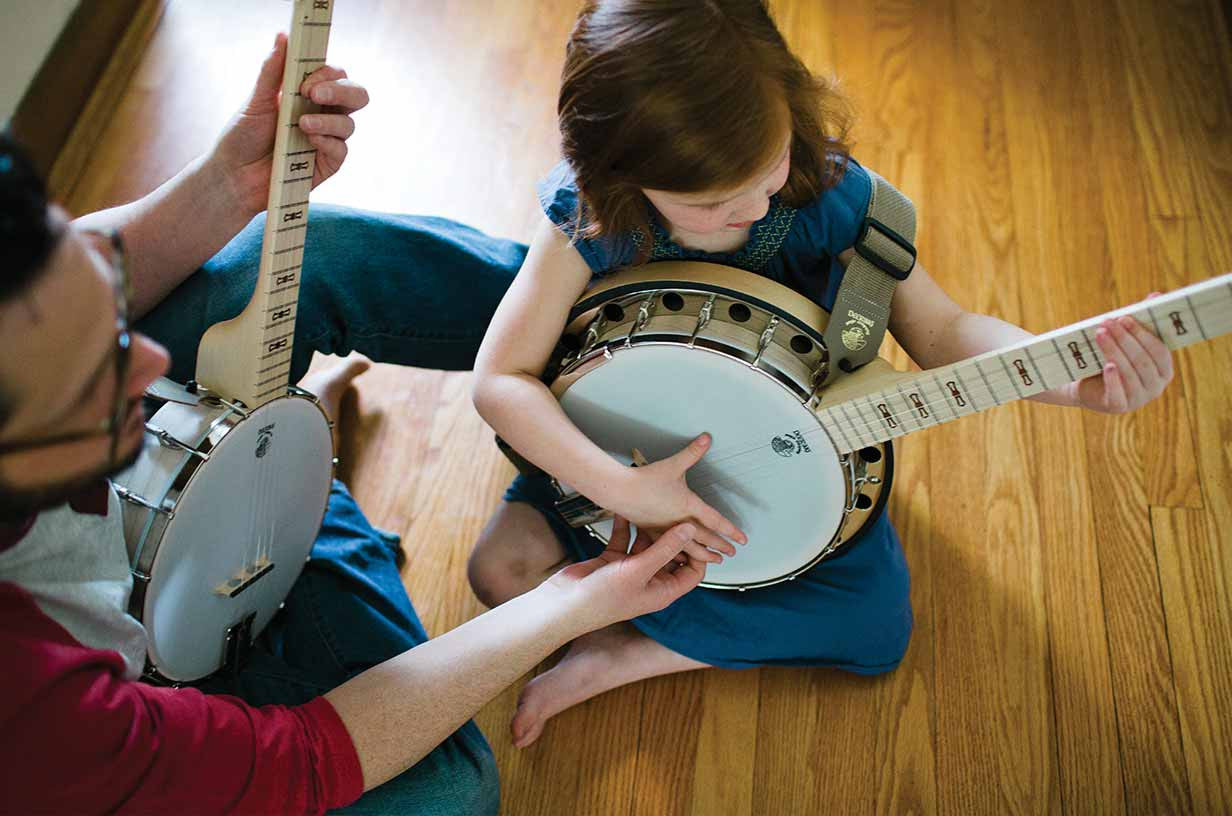
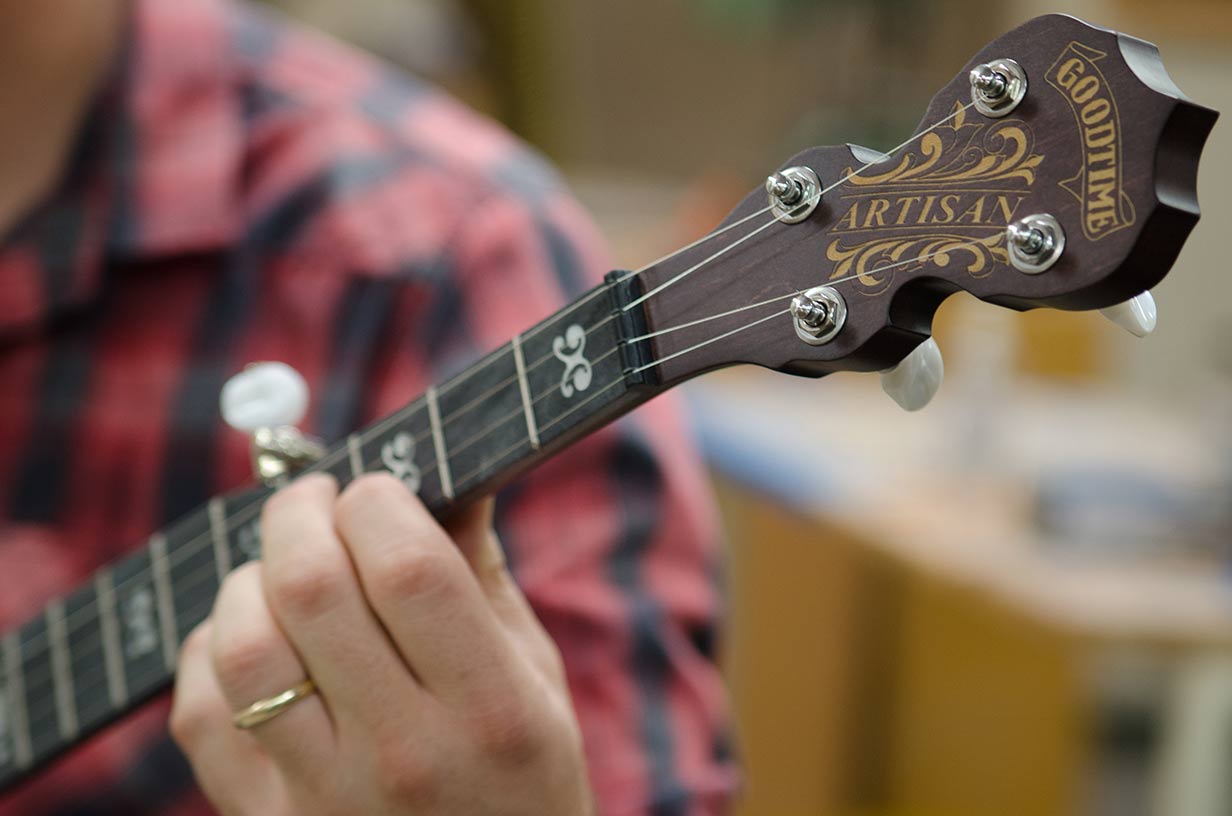
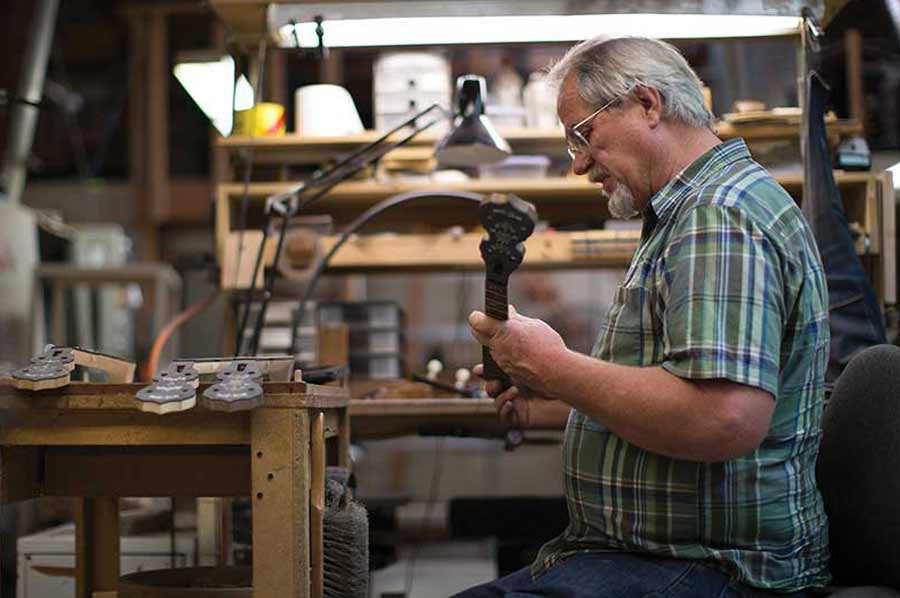
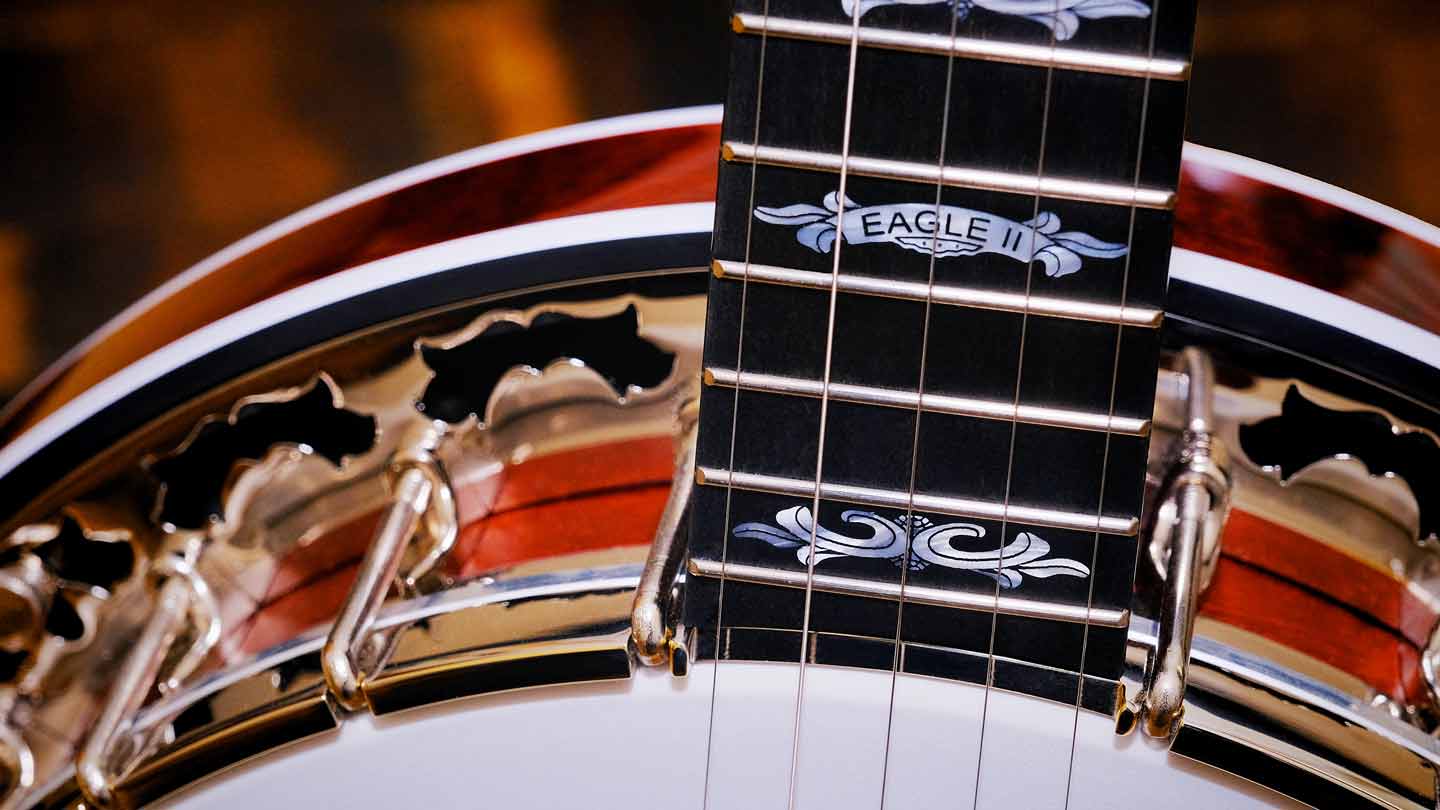
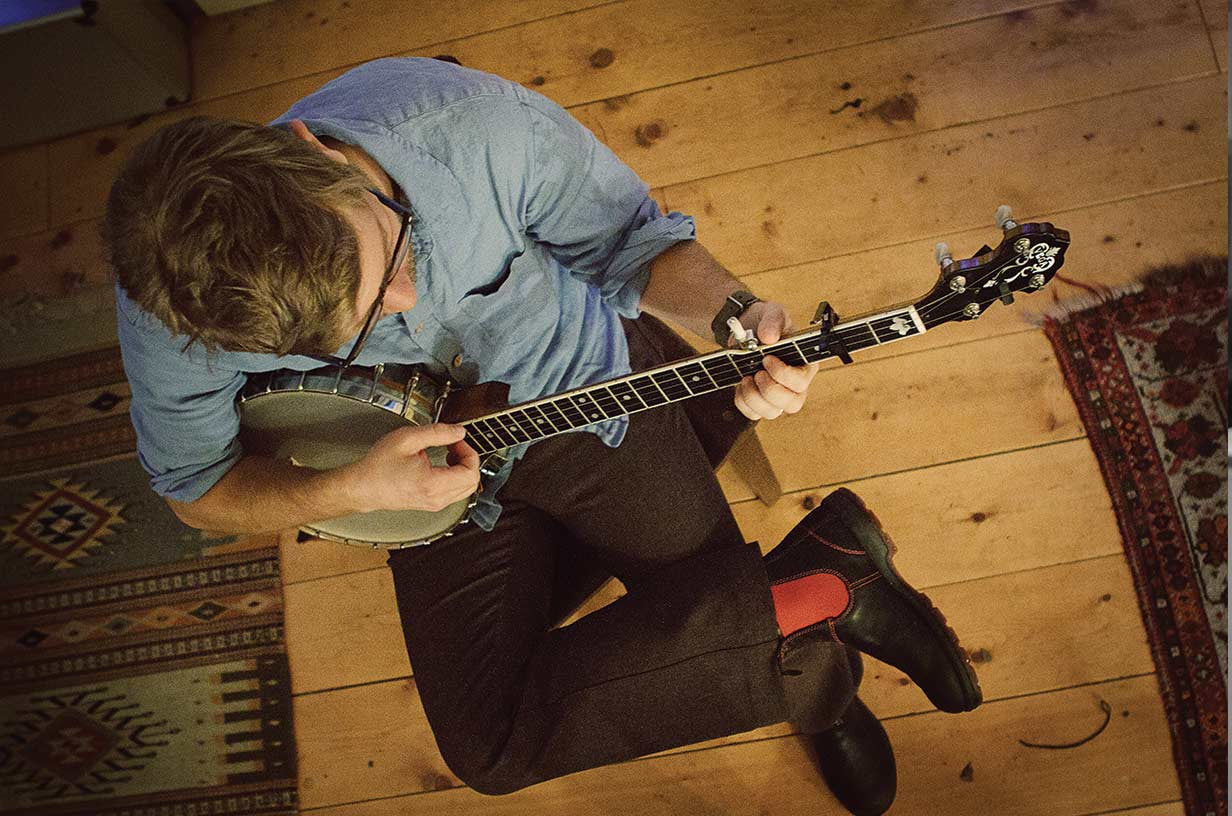
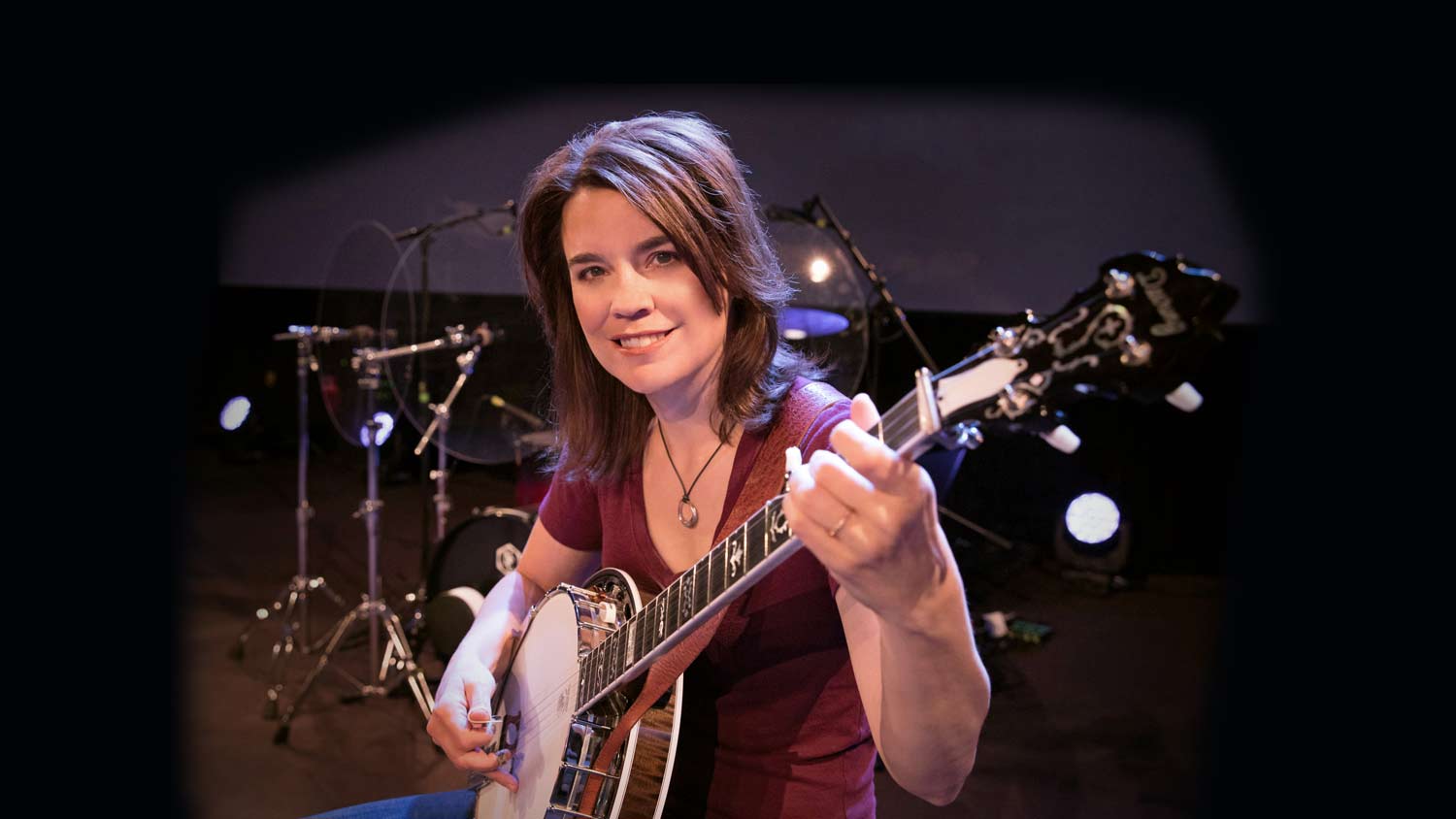
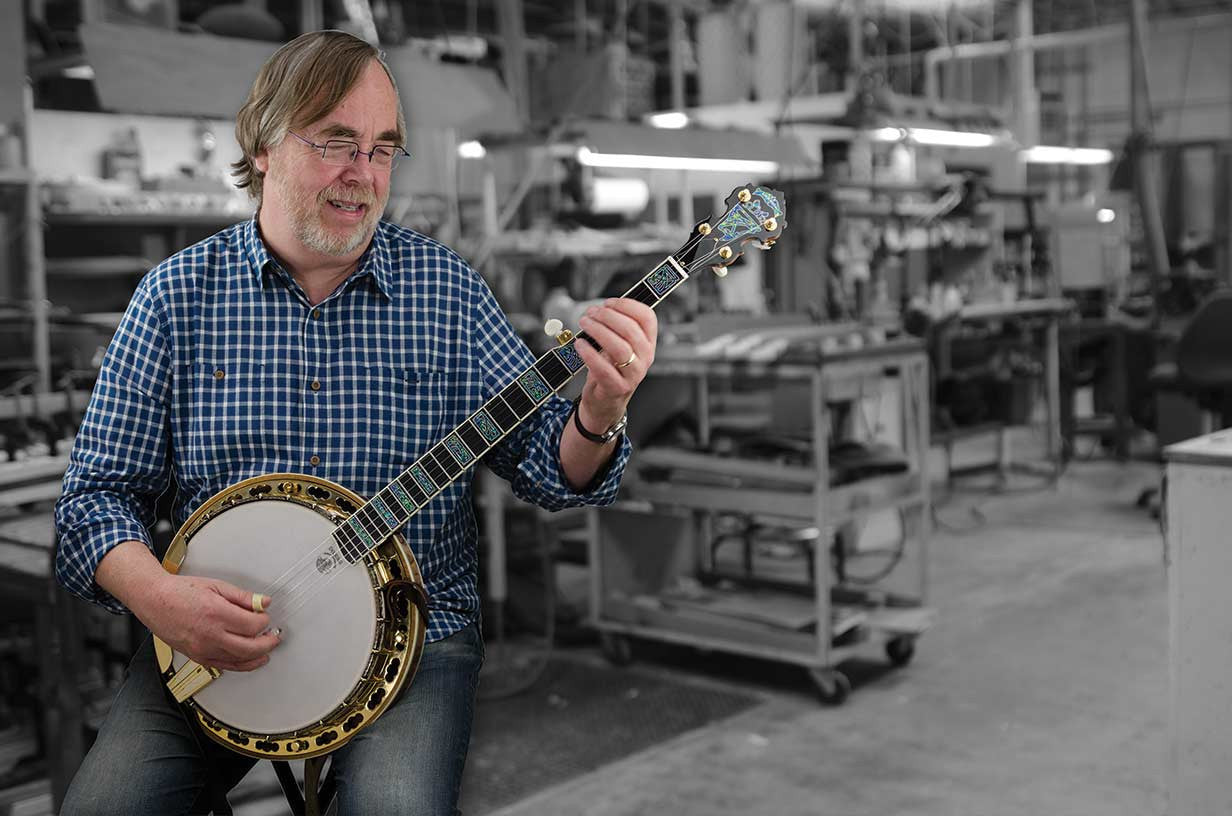
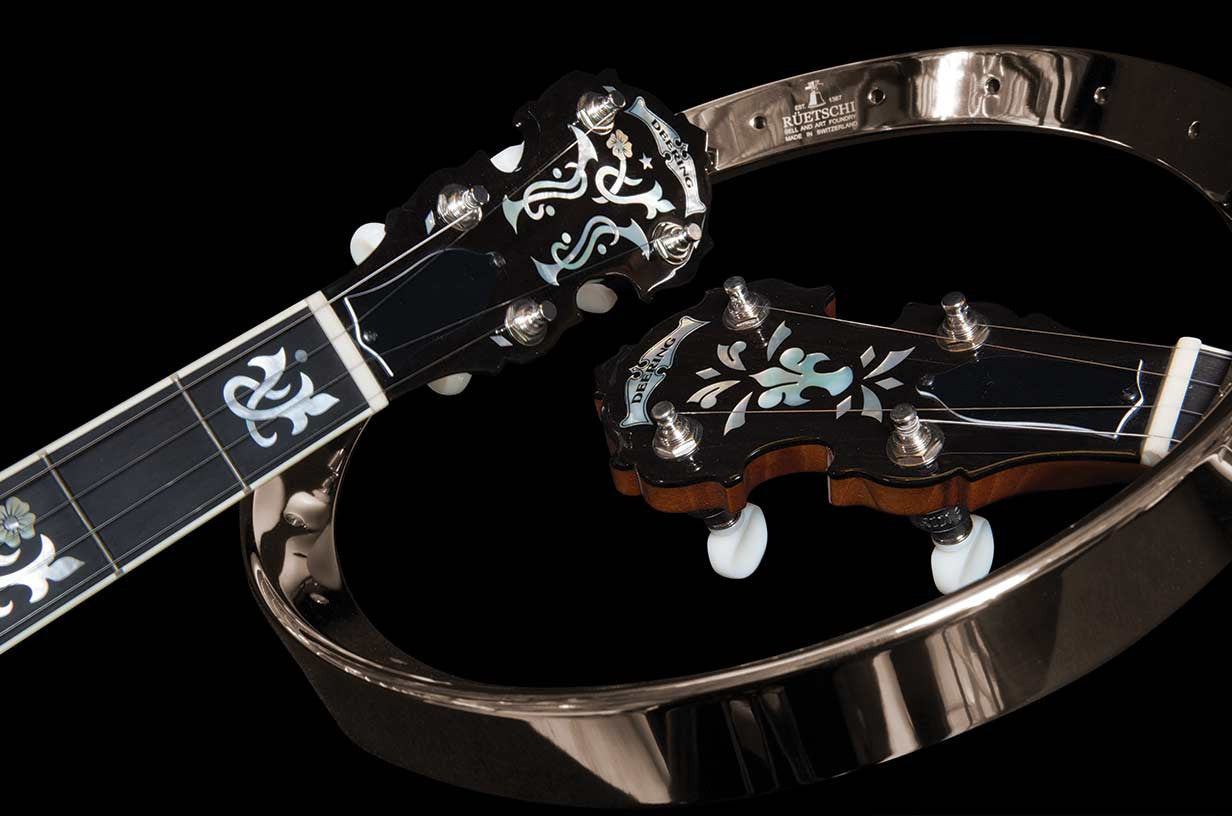
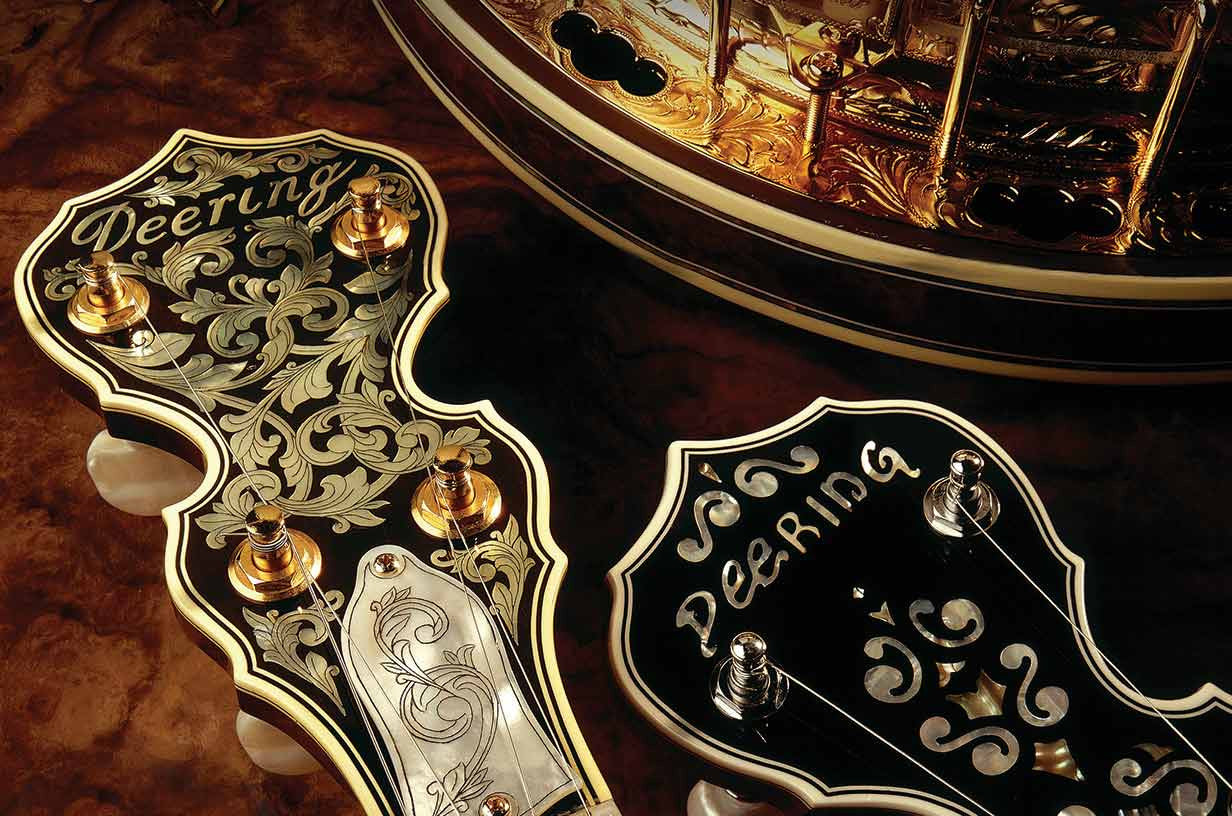


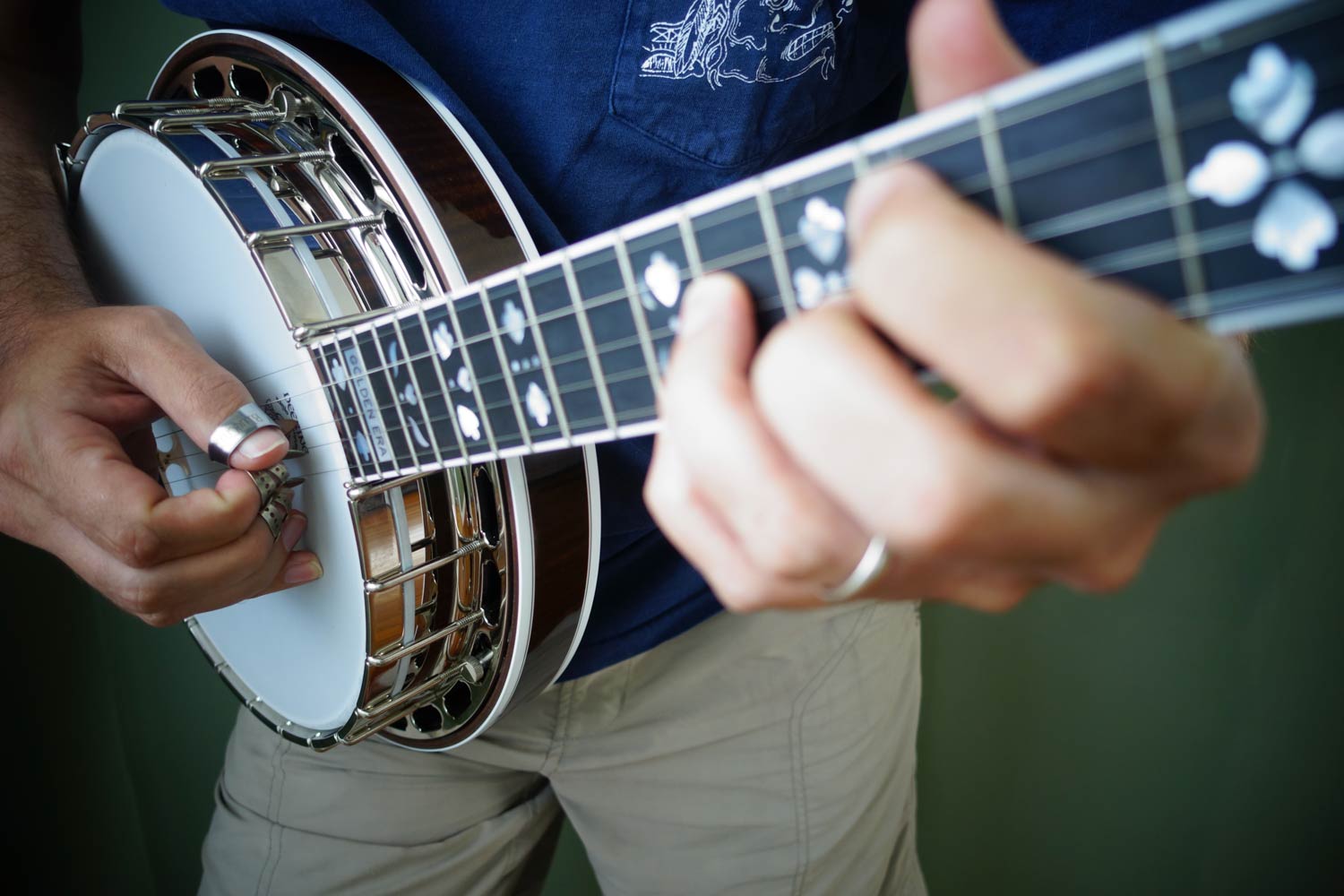
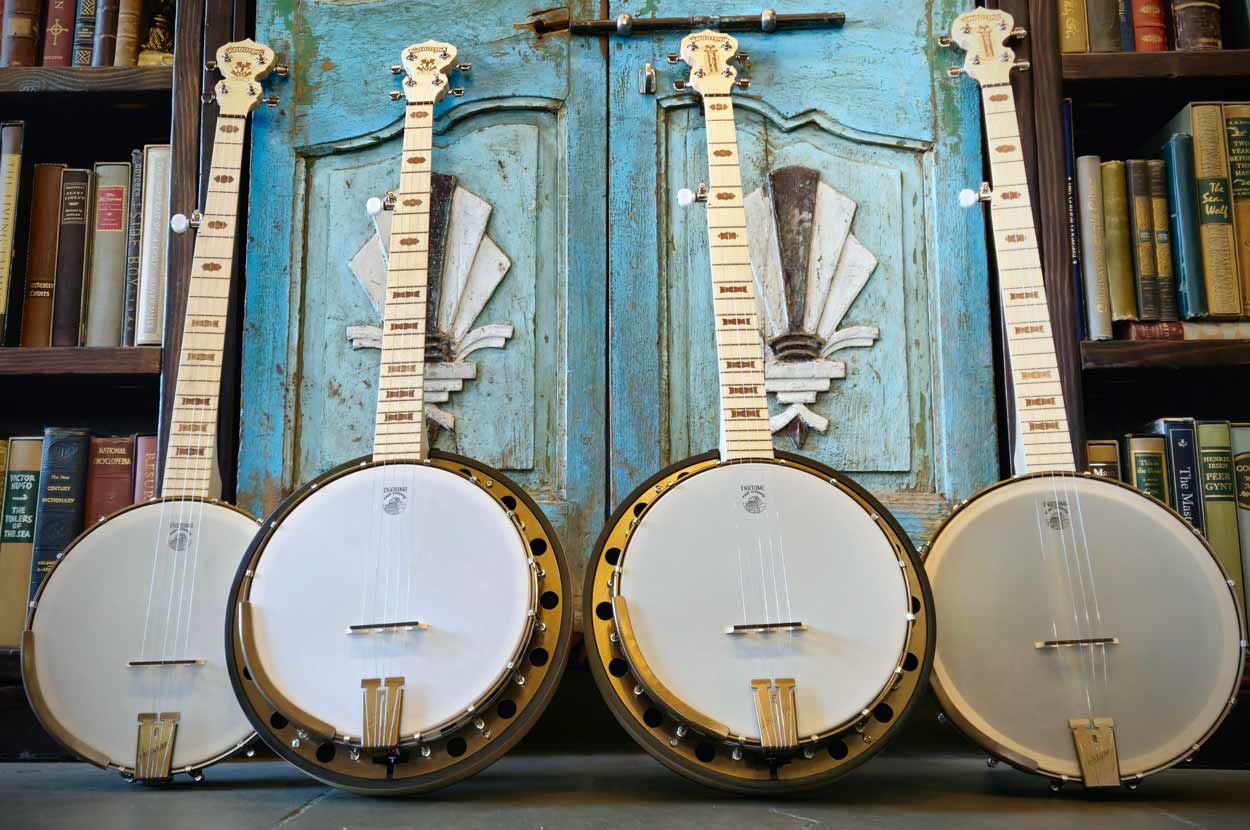
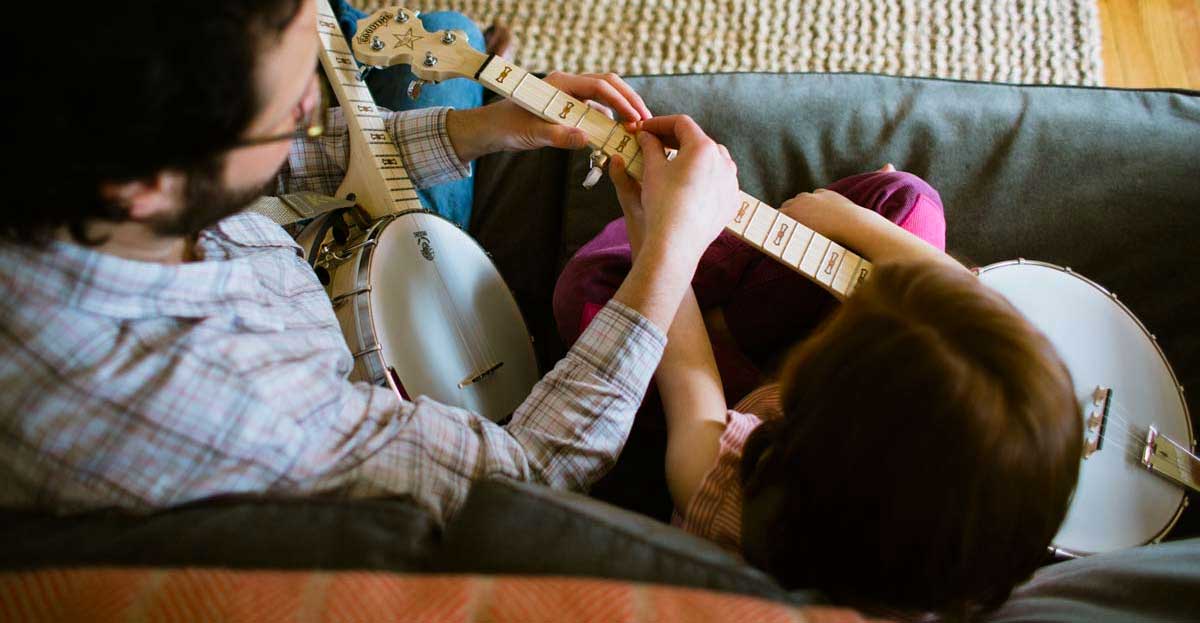
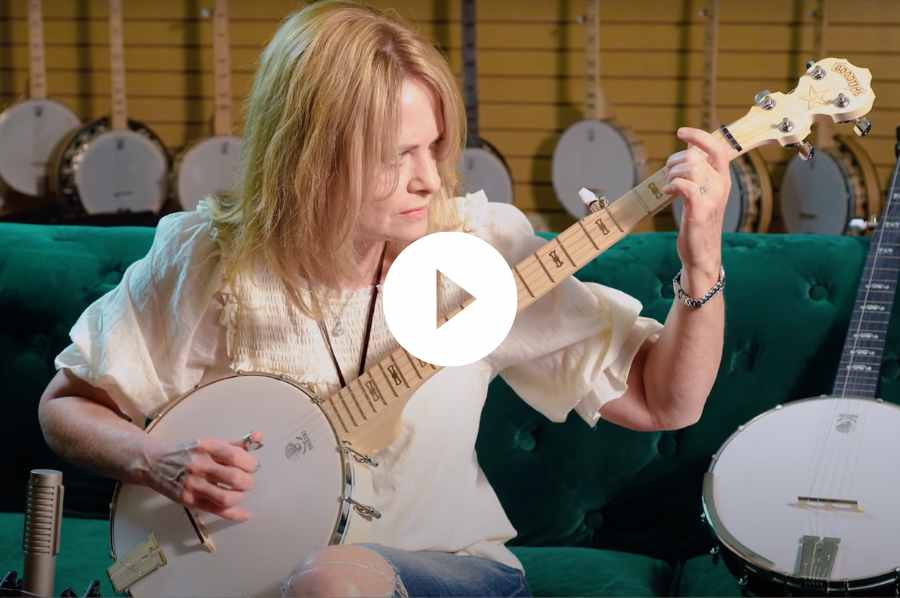
Hi,
I’m replacing a head on a 4 string tenor 1930’s style banjo (Paramount)…. it’s an archtop - 11 inches diameter, but what do I get, high, medium crown? I’d like to go with something warmer like a fiberskyn or the Remo Renaissance, but???
Thanks for your help!
Thanks for the demos. I have been playing for 6 months a Fender with a factory resonator, which I brought for more volume so I thought. I am frailing / clawhammer and the banjo I have does not sound anything like what Patrick Costello uses when frailing. I will most likely purchase a Derring Goodtime open back banjo once I understand what model I require. Regards,
Thanks for the great comparison videos…I replaced the head on my Sierra with a frosted top as I didn’t think the sound needed changing!
Your head comparison is really interesting and useful.
Your ‘How to tighten a banjo head’ less so. A “bright pop” is rather subjective – does the ‘pop’ get brighter the more you tighten? How do you know when to stop?
I’ve heard it suggested that you can ‘tune’ the ‘pop’ to a note, and that G# may be recommended as it’s less likely to ‘clash’ with notes commonly played (not sure if this is true – I play ‘by ear’)
More specific’ advice welcomed.
HI,
Thanks for the head comparison videos.
You really should have a better mic for this.
The camera mic is not adequate for this type of demonstration.
Regardless, I appreciate it and it is a great first step.
Tom
Leave a comment